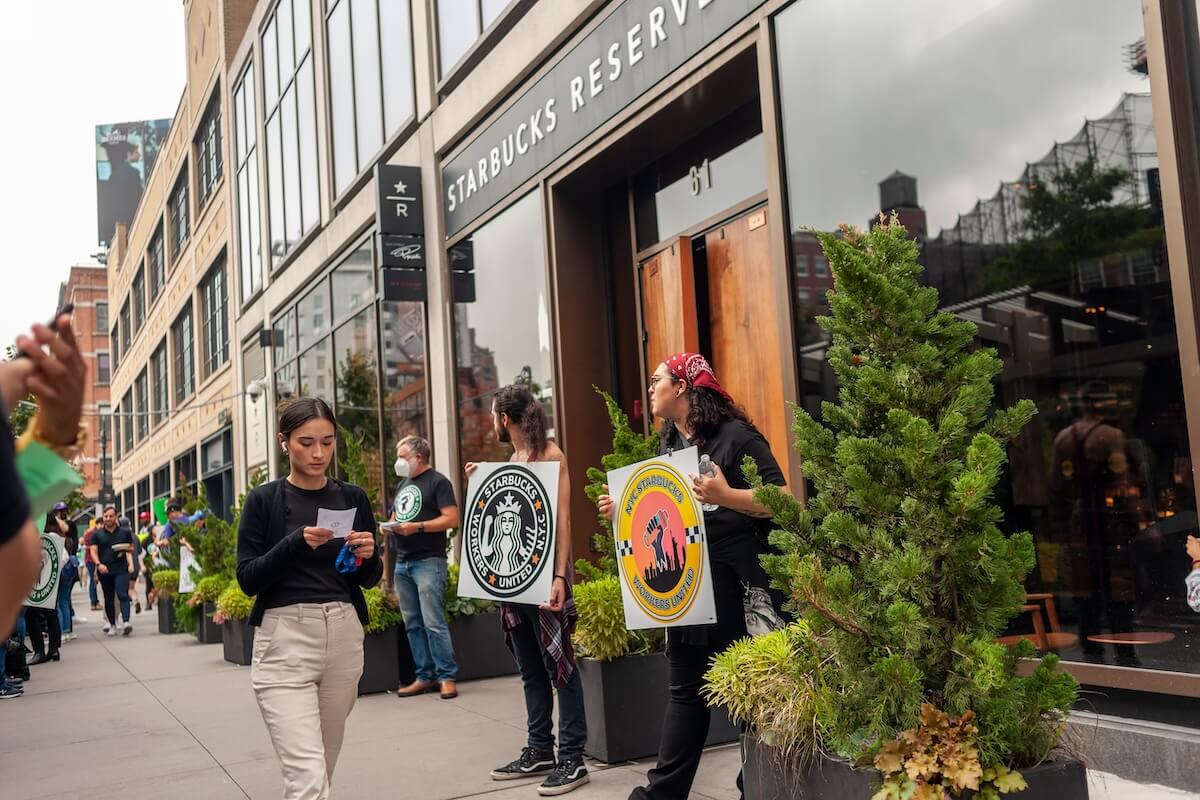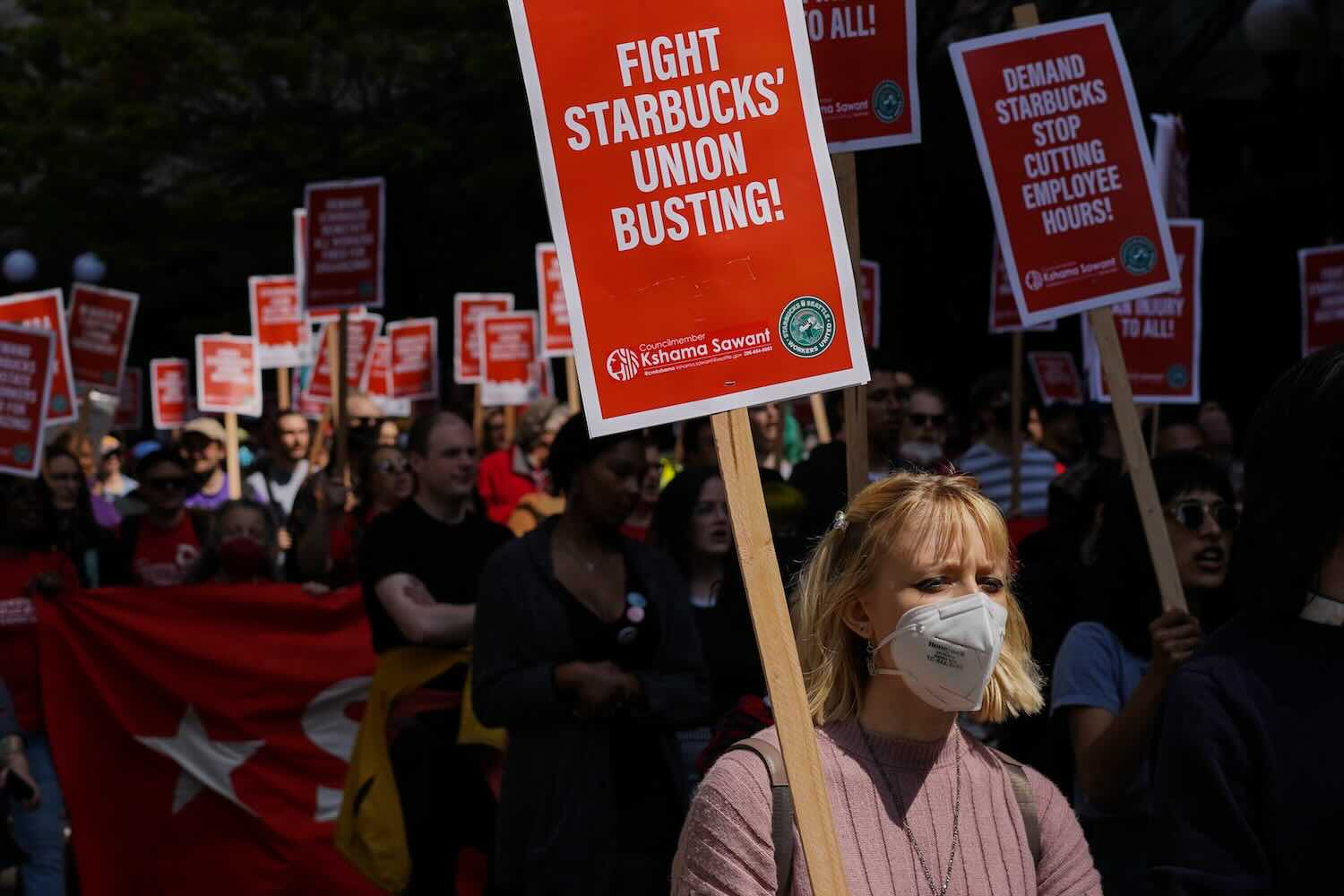For decades, Don Hinkle-Brown has fantasized about having access to the public markets to raise capital for childcare centers and charter schools, grocery stores and health clinics, energy efficiency upgrades and small businesses in low-income communities. Now, he does, in 10 states and the District of Columbia.
Hinkle-Brown is CEO of The Reinvestment Fund, based in Philadelphia, which raised $50 million with one of the first public bond offerings by a so-called community development finance institution, or CDFI. The unsubsidized bonds, rated AA- by S & P were snapped up in less than an hour by a half-dozen insurance companies and a large foundation.
“This is the first time we’ve successfully bridged the capital markets through intermediaries that directly funnel this money to low-income people and communities,” Hinkle-Brown told ImpactAlpha. “It’s very gratifying to have a true capital-markets transaction. It’s many, many years in the making.”
In part because of the successful deal, Hinkle Brown and The Reinvestment Fund were honored as Asset Manager of the Year at the GSG Impact Summit this week in Chicago. The GSG is the Global Impact Investment Steering Group, an international umbrella for national-level advisory boards advancing impact investing. ImpactAlpha worked with the GSG to recruit and screen nominations for the GSG Honors.
Original impact investors
This year, The Reinvestment Fund expects to finance 1.3 million in commercial square footage, capacity for an additional 175,000 patient visits, 600,000 new megawatt-hours of clean energy production, and other projects in low-income communities.
Community development finance institutions long predate the modern incarnation of impact investing. A creature of a 1994 law signed by President Bill Clinton, they have generally raised capital from government agencies, foundations or banks motivated by their obligations under the Community Reinvestment Act. Approximately 900 CDFIs manage about $108 billion in assets. The $39 trillion U.S. bond market is a whole new ocean, and a far more flexible source of capital.
“Tapping the capital markets means CDFIs are here to stay,” said Mark Zandi, vice-chair of the board of The Reinvestment Fund, who in his day job is chief economist at Moody’s, another bond-rating agency that has so far declined to rate CDFI bonds. “It opens up great potential to lending for underserved communities across the country. If underserved communities can get access to capital, that’s a huge step forward.”
In his remarks at the GSG Summit, Hinkle-Brown shared some of the lessons of the almost year-long effort to get the bond rated, underwritten and sold. For example: the approximately 3.5% interest rates on the six-, seven- and eight-year bonds suggested that Community Reinvestment Act-driven investments by banks were not below-market after all. “Our bond proved that, but I suspect it has been the case for many years,” Hinkle-Brown said.
Another lesson: Philanthropic foundations that have offered guarantees and other credit-enhancements to CDFIs, but aren’t themselves rated by agencies like S&P, may be wasting their time. The credit agency ignored such guarantees, Hinkle-Brown said. Indeed S&P essentially wrote off about half of The Reinvestment Fund’s assets, though the remainder was enough to qualify the offering.
Supply and demand
And finally, Hinkle-Brown said, “Institutional investors will compete for high-quality impact investment opportunities,” especially when compensation for their managers is linked to impact investment achievements. “It’s all about the incentives,” he said.
The Reinvestment Fund’s bond offering followed be several weeks a $100 million offering by the Local Initiatives Support Corporation (LISC), another CDFI with an AA rating from S&P. As many as a half-dozen more such bonds are in the works, though experts warn that most of the 900 CDFIs are not yet ready to tap public capital markets.
Nonetheless, Hinkle-Brown suggested that the next challenge for CDFIs will be finding worthy projects that benefit low-income communities. He urged foundations to support community organizing and resource-building projects, the key to both neighborhood change the supply of investable, high-impact projects.
With both supply and demand, he said, impact investing will reach critical mass that “will make non-impact financing seem needlessly risky, antiquated, and questionable as to in its fiscal appropriateness.”
Financial regulators, who have long held up a “prudent man” as a way to assess investment risks, will have to rethink their assumptions. “The ‘prudent man,’” Hinkle-Brown says, “will be an impactful man.”











